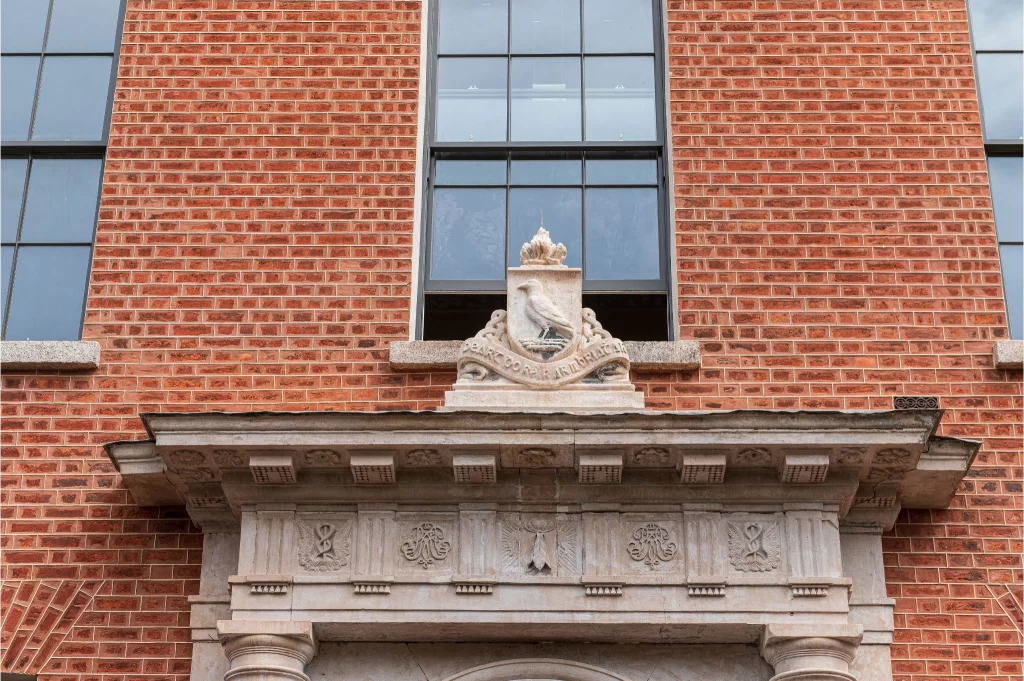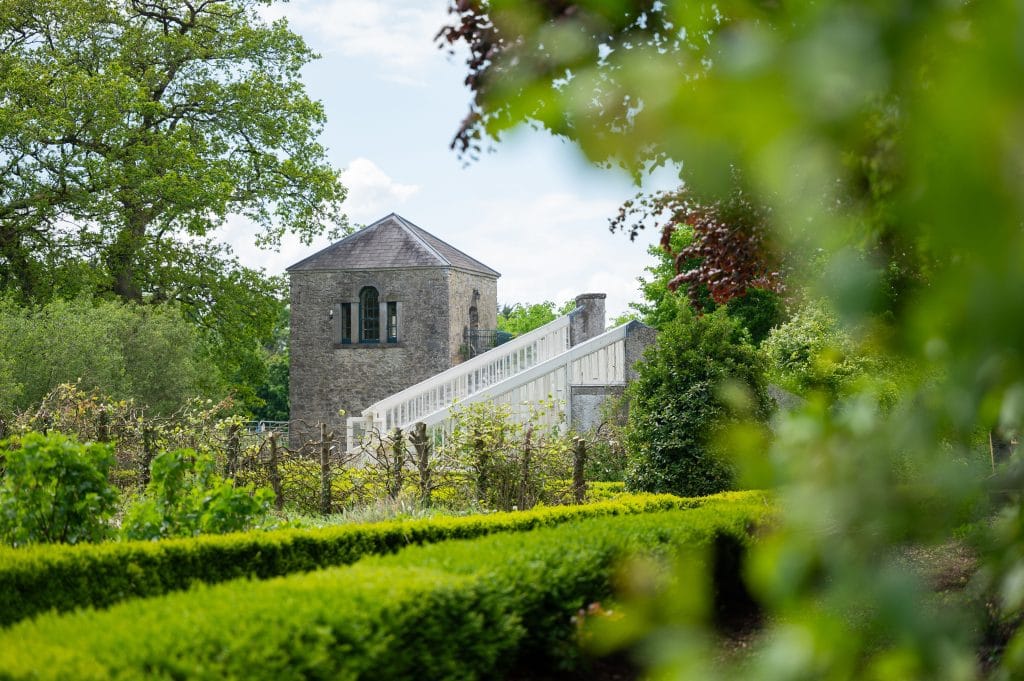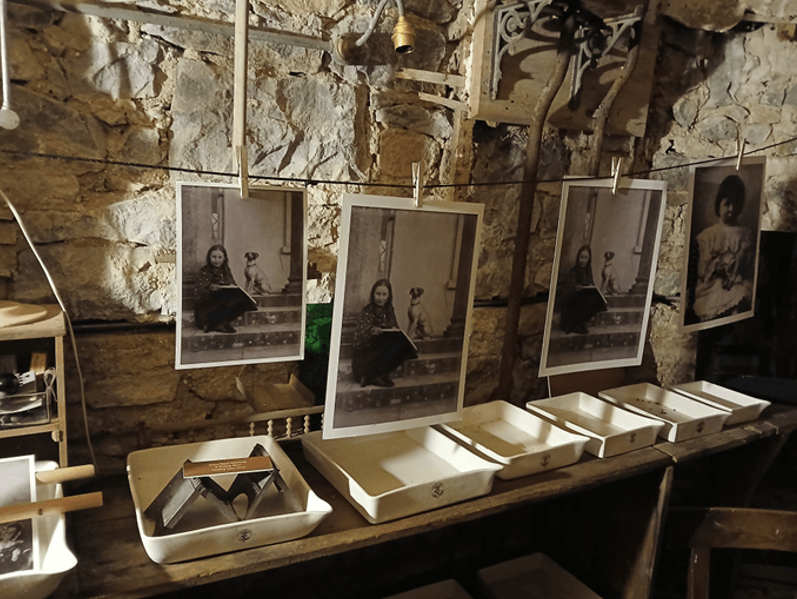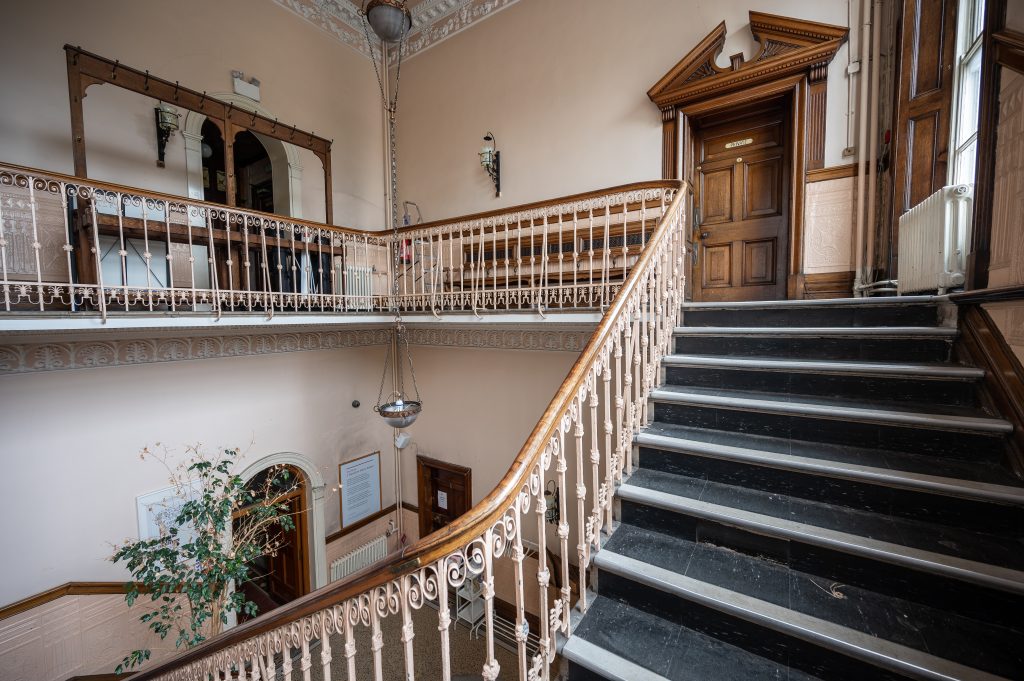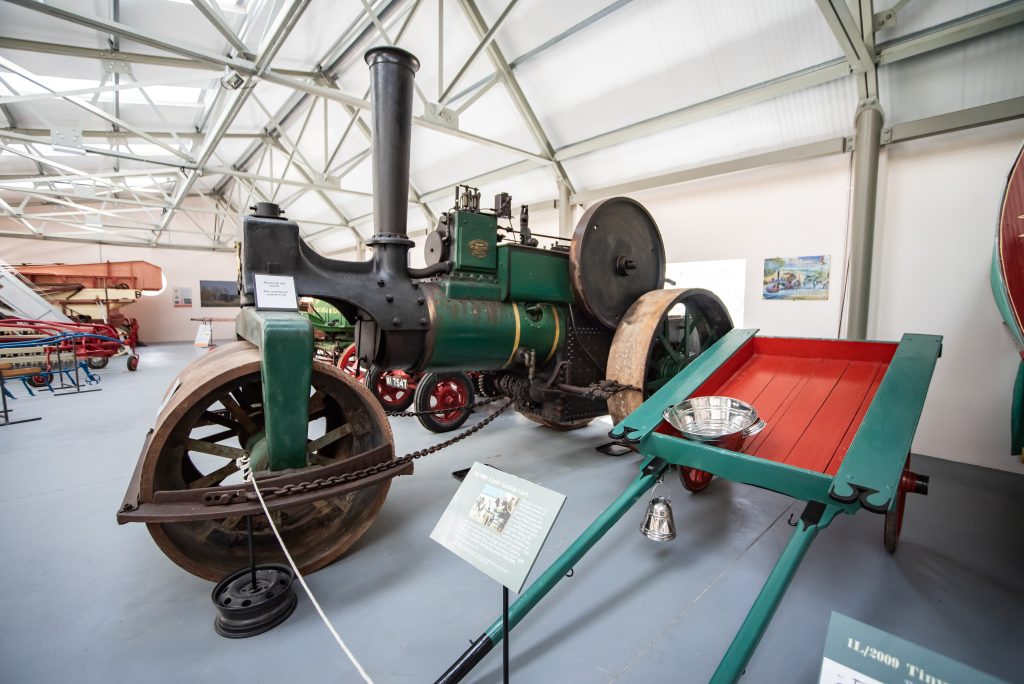13 June 2024
Conservation-led Refurbishment to Create Home for Poetry & Heritage
The Irish Heritage Trust and Poetry Ireland are celebrating the commencement of conservation works at No. 11 Parnell Square East, Dublin. This significant project marks the beginning of a new chapter for the iconic Georgian building. It is set to become an inclusive cultural centre dedicated to celebrating and sharing Irish poetry, heritage and culture with the public.
Expected to be completed in summer 2025, the refurbishment is led by conservation architects McCullough Mulvin and managed by the Irish Heritage Trust in partnership with Poetry Ireland. A comprehensive programme of works will make the building universally accessible for the first time. This includes conservation of the unique first floor council chamber featured in James Joyce’s short story “Ivy Day in the Committee Room” (Dubliners, 1914).
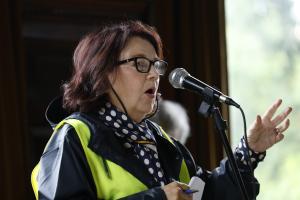
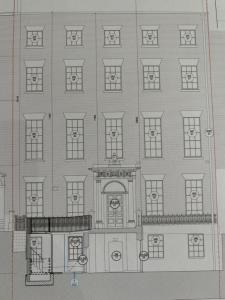
Part of the Cultural Renaissance of Dublin’s North Inner City
Dating to the 1750s, the building was used by Dublin County Council and later Fingal County Council from 1901 until the 1970’s. On completion of these works, No. 11 Parnell Square will become a key contributor to the cultural renaissance of Dublin’s North Inner City. Its revival comes alongside that of other cultural landmarks such as the Gate Theatre, Hugh Lane Gallery, Irish Writers Centre and James Joyce Centre.
Passionate about poetry and built heritage, Poetry Ireland and the Irish Heritage Trust are dedicated to sharing and opening up No. 11 Parnell Square for those who share their love and interest in poetry, heritage and Dublin’s civic history.
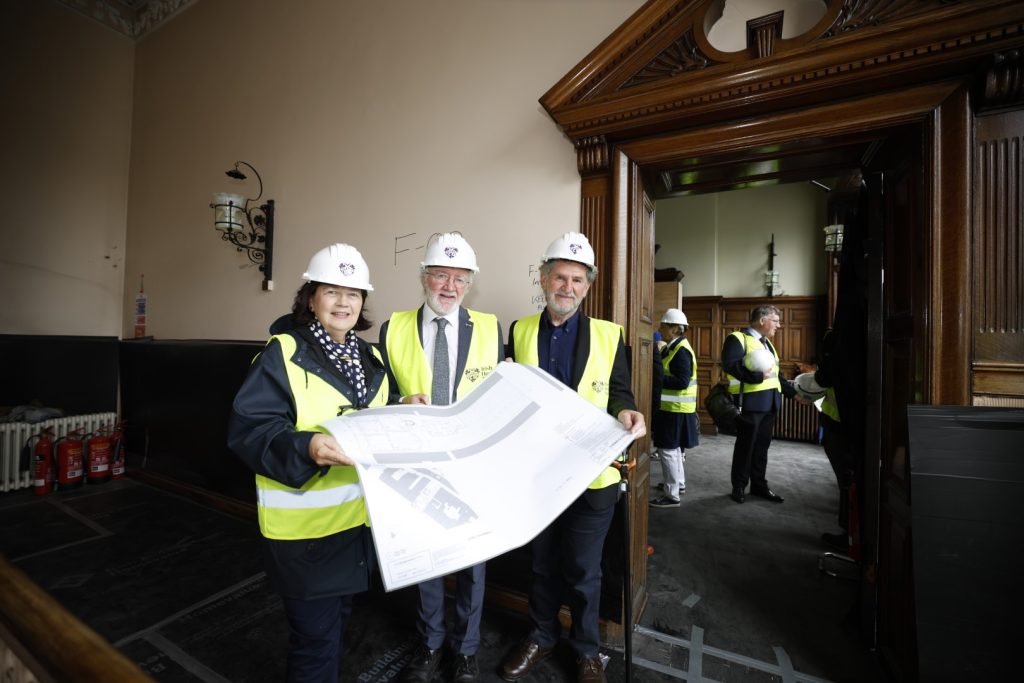
Beautiful Built Heritage addition to Dublin Streetscape
Minister of State for Heritage and Electoral Reform, Malcolm Noonan T.D. was at No.11 Parnell Square to mark a milestone in the €5.2 million project, funded through the Project Ireland 2040 Urban Regeneration and Development Fund (URDF) and generous philanthropic support secured by the Irish Heritage Trust and Poetry Ireland.
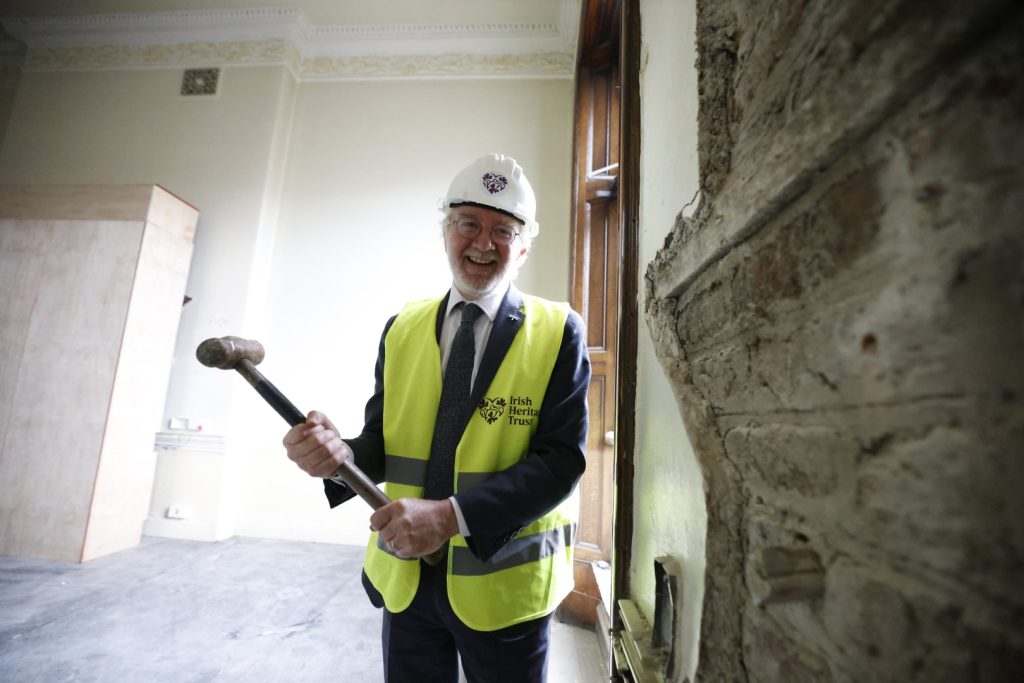
He said “I am delighted to mark the commencement of works at 11 Parnell Square, a protected structure with a remarkable history. I am very much looking forward to seeing the building used for public benefit again with support from my Department’s Urban Regeneration and Development Fund. Following the works, I am certain that the building will be a beautiful feature in the streetscape and a good home for Poetry Ireland and the Irish Heritage Trust for many years to come. I would like to commend both Poetry Ireland and the Irish Heritage Trust on their fantastic work on the public’s behalf, and wish both organisations every success in future.”

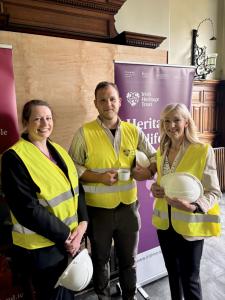
Anne O’Donoghue, CEO of the Irish Heritage Trust, expressed her gratitude to all involved in the project including Fingal County Council, philanthropic support to both the Irish Heritage Trust and Poetry Ireland and the Project Ireland 2040 Urban Regeneration and Development Fund (URDF). She also acknowledged the design team, McCullough Mulvin Architects, and Bourke Builders.
The Seamus Heaney Poetry Library
Director of Poetry Ireland Liz Kelly, said that at the core of the building would be The Seamus Heaney Poetry Library encompassing the late Laureate’s private library, bequeathed by his family to Poetry Ireland. The poetry library will also include the Austin Clarke collection and a fine contemporary poetry library amassed over the past 40 years creating a centre similar to those in major cities including New York, Berlin and Paris. Elegant performance/reading spaces and a workshop area for all ages will enable the public to enjoy Ireland’s national art form in a building of national historical significance and unique architectural merit. This will greatly enhance Ireland’s global reputation in the arts, and most especially in poetry.
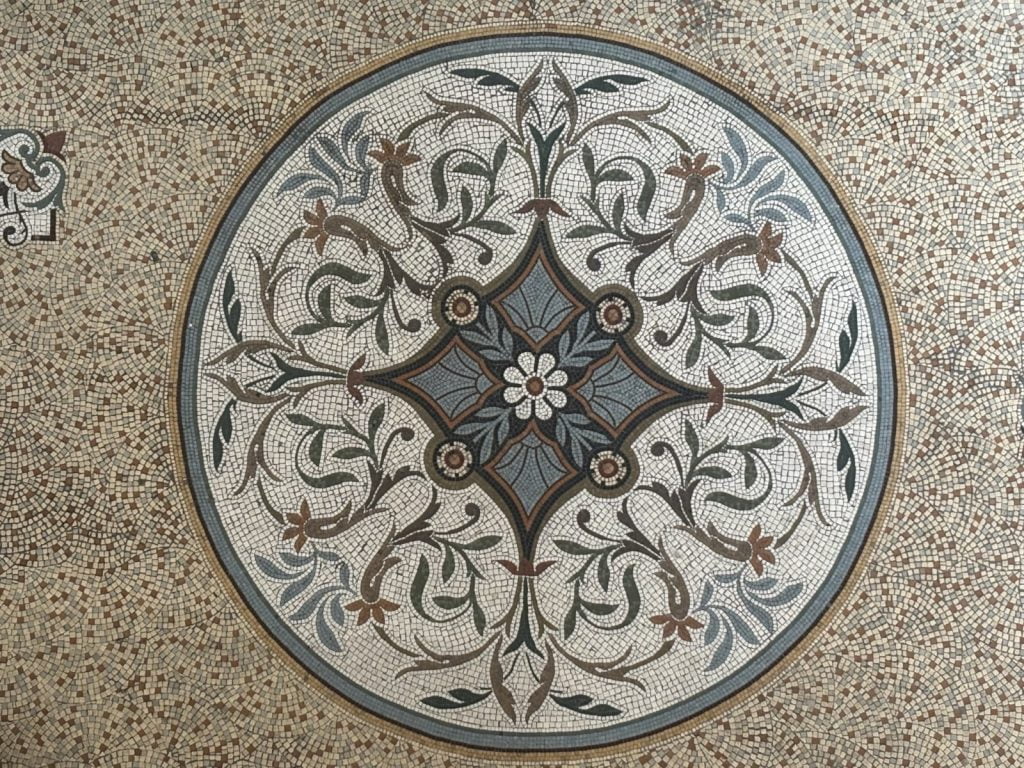
History of No. 11 Parnell Square
No. 11 Parnell Square was the earliest and, for a time, the largest house on the new street laid out by Luke Gardiner (c.1699-1755) and named Cavendish Street in honour of William Cavendish (1698-1755).
The Abstract of Deeds Inrolled in Chancery (1840) records that No.11 was leased by Richard Steele (1701-1785). John Butler MP (1740-95) of Kilkenny Castle took possession of the property circa 1770 and built over the carriageway producing a symmetrical frontage with a central Doric doorcase.
The four-storey over basement five-bay Georgian Protected Structure has direct access to Parnell Square East and to Rutland Place at the rear. During Dublin County Council’s occupancy from 1901, the building underwent a series of changes including the replacement of Georgian floor finishes, removal of some decorative ceiling plasterwork and the fitting of ornate Victorian furniture and panelling in the Council Chamber and ante-room on the first floor.
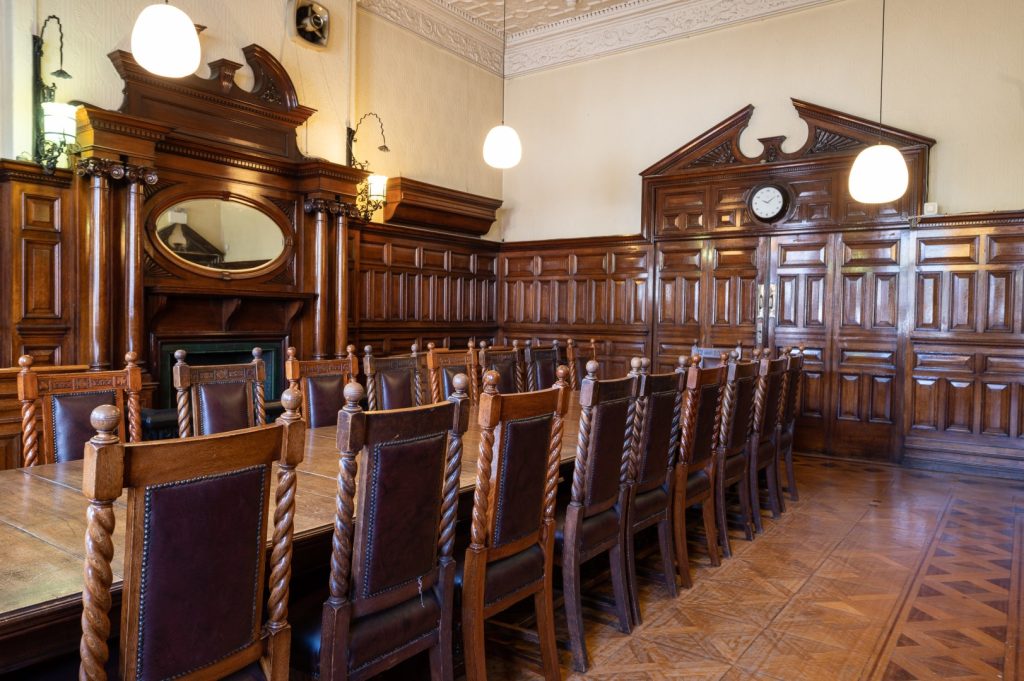
The chamber boasts Art Nouveau sconces, tiles, and a low-relief fibrous plaster ceiling adorned with neo-Tudor pierced quatrefoils framed by a Classical plasterwork cornice and rinceau frieze. The rural district maps of Balrothery, Rathdown and Celbridge were also part of the chamber and they have been removed for restoration and storage.


